Tips to win the Get Into Your Sanctuary Photo Contest
By Olivia Bravo
August 2018
Each summer, NOAA’s Office of National Marine Sanctuaries holds the Get Into Your Sanctuary Photo Contest promoting the natural beauty of the National Marine Sanctuary System. Photos are accepted in three categories: Sanctuary Views, Sanctuary Life, and Sanctuary Portraits. Winners are featured in next year’s Earth Is Blue Magazine and on the Earth is Blue social media campaign.
Do you have what it takes to win the contest? This article gives some tips and tricks for taking a great wildlife photo and how to best highlight the National Marine Sanctuary System and its many ecosystems.
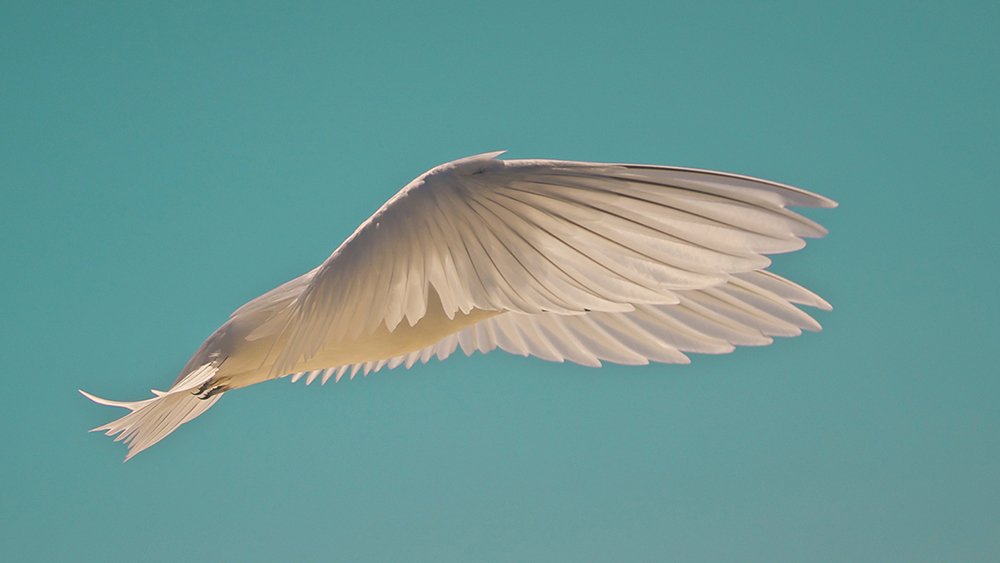
A winning wildlife photo captures the beauty of nature while applying fundamental principles of design to enhance the picture and make the subject come to life. With our Get Into Your Sanctuary Photo Contest, you have the opportunity to submit photos in three categories. Showcase beautiful sunsets or scenic shots of your national marine sanctuaries in the category Sanctuary Views. Highlight sanctuary inhabitants like fish, birds, marine mammals, and other ocean creatures in Sanctuary Life. And share images of people enjoying their national marine sanctuaries while boating, kayaking, diving, swimming, and more in Sanctuary Portraits.
Visiting any one of the sanctuaries in our National Marine Sanctuary System is both a natural and cultural experience, so whether you are a camper in the Channel Islands, a surfer in Monterey Bay, or a diver in Flower Garden Banks, you have ample opportunities to capture the perfect picture and document a significant encounter with nature.
Tip #1: Composition
The 2017 first place photo in the Sanctuary Views category is an image of the Point Arena Lighthouse on the coast of Greater Farallones National Marine Sanctuary. This winning photo by Michael Beattie is an example of an interesting composition that properly demonstrates the visual “rule of thirds.” Composition, or the strategic placement of elements within a photograph, is heightened by the rule of thirds which intends to draw a viewer's eye to a certain place in the picture.
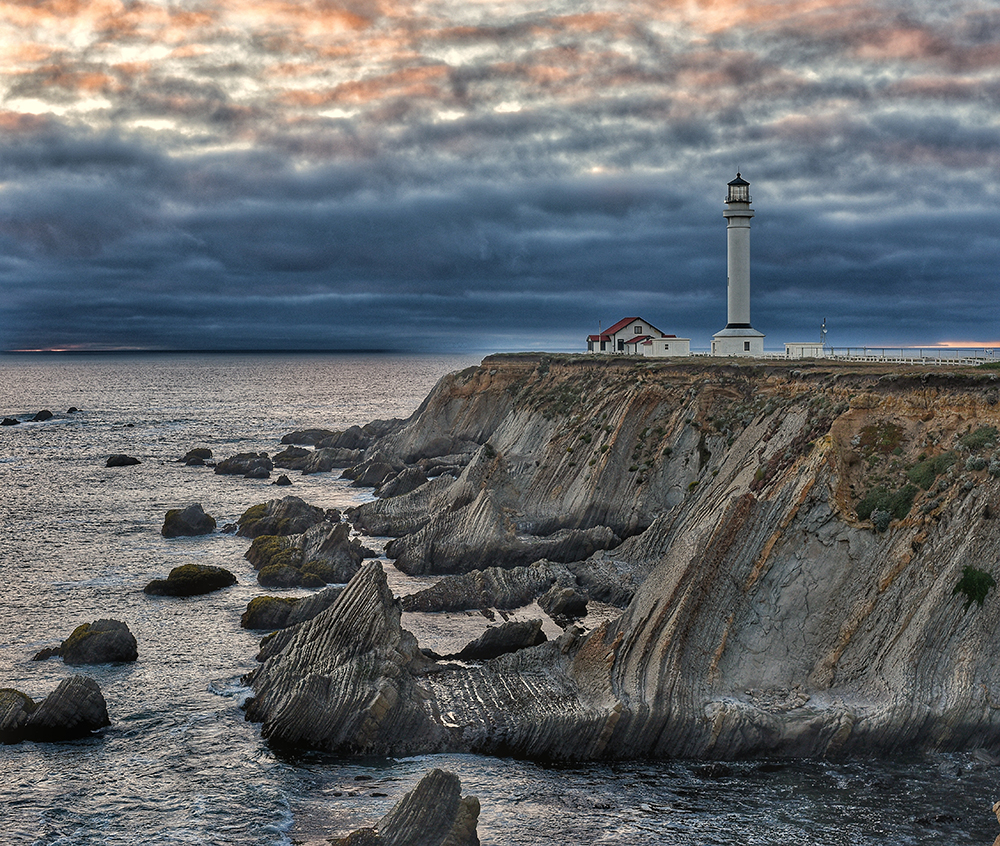
To find the rule of thirds, divide an image into thirds using both vertical and horizontal lines, creating six boxes. For the most successful composition, place the subject of highest visual interest at the intersection of any of the four lines and see how much more compelling your picture becomes.
In Beattie’s photograph, the Point Arena Lighthouse resides in the upper-right intersection of lines, urging the viewer’s eye first to the rocky California coast, then to the dark, cotton candy sky, and finally to the lighthouse in the distance. This photo not only succeeds in a compelling composition, but also does a great job of highlighting the characteristics of the national marine sanctuary!
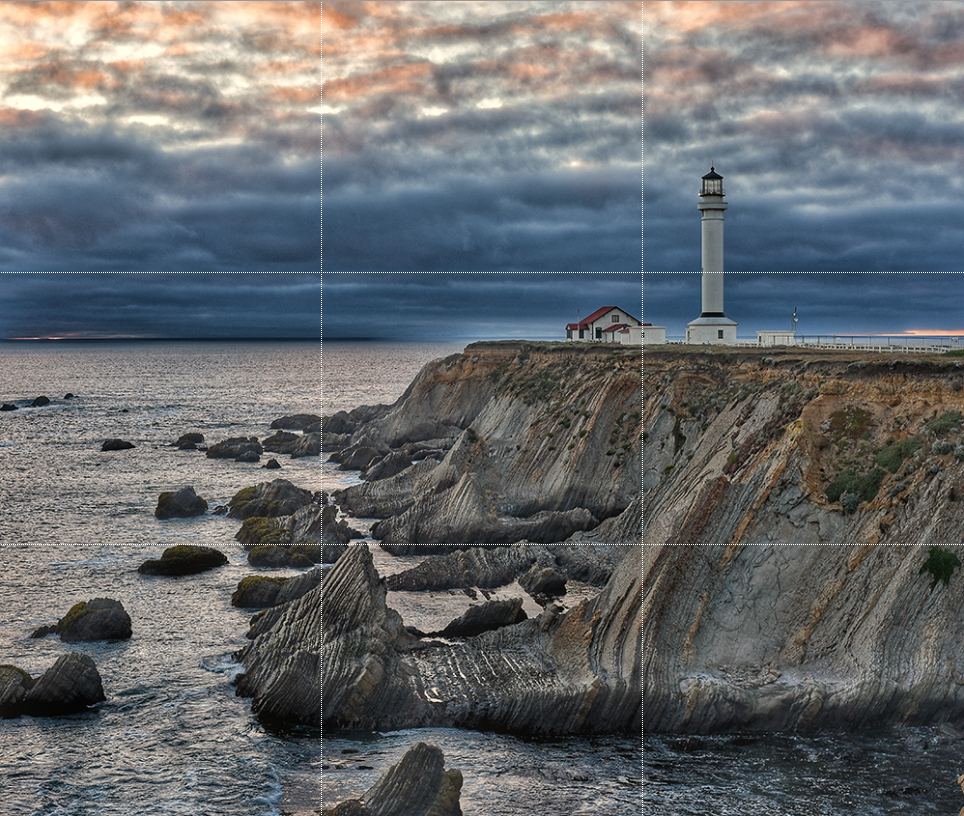
Tip #2: Change your perspective
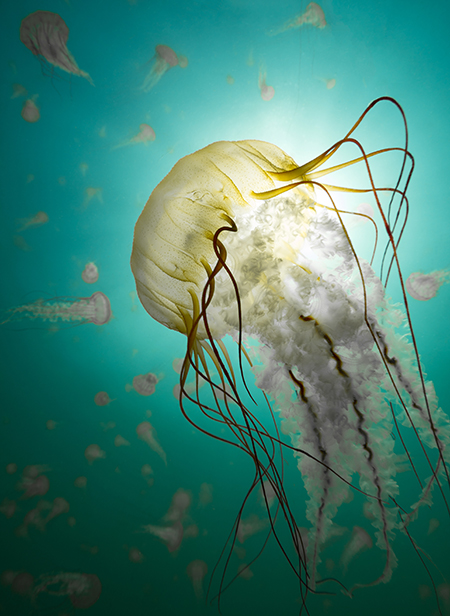
To make a more exciting photo, change the perspective and shoot from a different vantage point. Perspective provides shape to the photo's subject, and pulls the viewer into the scene. Try changing the orientation of a subject in the frame, zooming to a different distance, or snapping a pic from a different elevation. Plus, your national marine sanctuaries offer you an opportunity you won't get on land: the ability to photograph animals from beneath the waves.
The 2017 first place photo for Sanctuary Life is a bloom of sea nettles drifting through Monterey Bay National Marine Sanctuary. This already-captivating occurrence is made even more compelling by the unique perspective. In this picture, taken by Curtis Wee, the viewpoint of the photographer is from below the sea nettle, urging the viewer’s eyes upward and towards what we understand to be the surface. This perspective spotlights the sea nettles and adds an element of wonder. Significantly, Wee has managed to take a underwater photo that illustrates marine life, but has also managed to change perspective by shooting from a greater depth than his subject.
Tip #3: Make negative space work for you
The negative space, the area around and between a subject, can be one of the most important tools to tell a story or to emphasize the focus of a picture. The use of negative space in Dan Mitchell’s third place photo in the 2017 Sanctuary Portraits category elevates the entire composition and leaves something to the imagination.
Mitchell’s photo shows a group of people venturing out on Black Rock on Maui in Hawaiian Islands Humpback Whale National Marine Sanctuary. Although we can tell that the forms on the rock are people, the picture only captures their bodies in motion leaving all details masked in shadow. Because of the way the photo was taken, the people and the rock are outlined in black while the space around them is in color. This makes the focal point of the photo unclear; should we focus on the shimmering water or the clear sky, or decipher what the people might be doing?
Experimenting with negative space makes the photo more playful and adds a more complex element that urges the viewer to look at the image just a little bit longer.
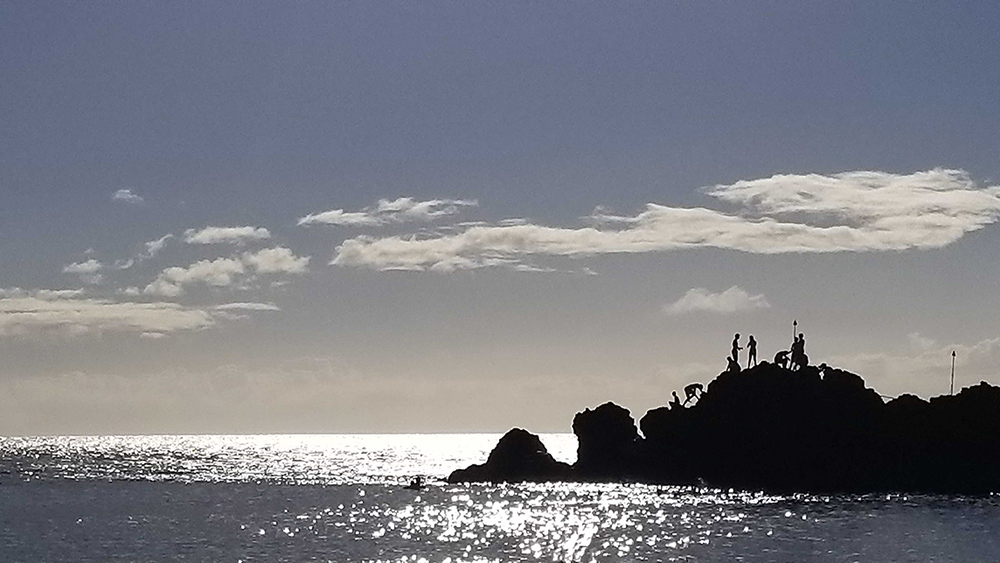
Tip #4: Patience pays off
One thing we need to remember when practicing wildlife photography is that the natural world is not on our clock! When we take pictures of animals in the National Marine Sanctuary System we are guests in their natural habitats and always need to be respectful of them and their environments. These animals are going about their day like any other and may not provide you with the perfect photo-op, but just be patient!
The 2017 Sanctuary Life second place photo by Eric Palmer is a model instance of a magic moment caught on camera. This photo of a mother sea otter grooming her pup is a wholesome moment that is so natural for these animals but so special for us to view. In this case, Palmer was a witness to a loving moment that took place in the sea otter’s natural environment. He was a guest in their home and, because he used a zoom lens, was inobtrusive enough to safely take this picture.
We call this “ocean etiquette,” and it is so important to consider when taking these photos. Never intrude on an animal’s space; instead make sure to stay a safe distance away and to always use a zoom lens. Knowing how to interact with ocean wildlife can help you make the right decisions when you encounter wildlife, otherwise you are running the chance of putting them at risk. Do your best not to disturb the natural environment, always follow distance guidelines for viewing, and the animals will do their best to reward you with that perfect picture.
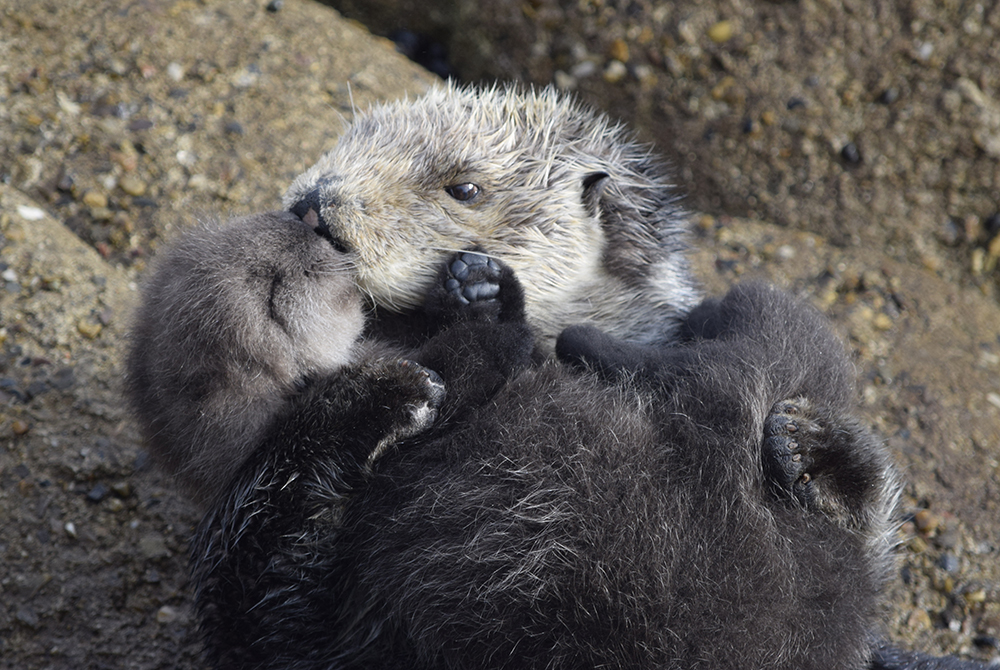
To enter your sanctuary photo into the Get Into Your Sanctuary Photo Contest, submit images (minimum of 1200 pixels wide) to earthisblue@noaa.gov. All images MUST include the following information: photographer’s name, short description of when and where the photo was taken, and what is shown in the photo. Learn more about the contest here, and submit your photo by the August 15 deadline.
Olivia Bravo is a volunteer education and outreach intern for NOAA’s Office of National Marine Sanctuaries and a third-year student at Middlebury College.

